In the past I’ve written a little bit about the movie posters of Frank McCarthy and about movie posters in general. It takes some sleuthing to figure out who painted what in the credit-stingy-world of advertising, but “back in the day” there were a number of exceptional illustrators creating iconic imagery: Reynold Brown, Roger Kastel, McCarthy (of course), Bob Peak, Jack Davis, Frank Frazetta, Drew Struzan, Robert McGinnis, and Richard Amsel among others effectively lured us into the theaters with promises of spectacle, adventure, and excitement.
Yeah, in the 1950s/60s/70s (even well into the 1980s and early ’90s) the ad-art biz was admittedly something of a Boy’s Club—a reflection of an era when commercial art was primarily a male industry and women freelance illustrators were still comparatively few in numbers. And, yes, even with the Photoshop-dominated field today, the occasional painted poster still appears (thinking of some recent pieces by Struzan and James Jean)—but I believe it’s safe to say the last half of the 20th Century was the Golden Age for movie art and these guys were simply the best.
Above left: Cast a Giant Shadow. Above right is obvious.
Through trial and error I’ve gotten a pretty good handle on who painted this one or that one over the years, but for some reason I was unaware that many of the posters for some of the most famous titles in movie history were painted by the renowned Western artist Howard Terpning early in his career.
Above: A pair of paintings for Cleopatra.
Born in Oak Park, Illinois in 1927, Terpning knew he wanted to be an artist from the age of 7. Enlisting in the Marine Corps at 17 and served from 1945 through 1946 and was stationed in China for nine months; he enrolled in the Chicago Academy of Fine Art on the G.I. Bill upon his discharge. Terpning became an apprentice to legendary illustrator Haddon Sundblom for a year before embarking on a freelance career; his many clients included Time, Newsweek, Field & Stream, McCalls, Ladies Home Journal, Reader’s Digest and, as evidenced here, numerous movie studios.
Above: Even though this was painted for the 1967 re-relase of the film,
this is the poster for Gone With the Wind that people immediately think of,
not any of those created for the original campaign in 1939.
In 1967 at the height of his commercial career Terpning was commissioned by the Marines to go to Vietnam and chronicle what he saw for a month. With sketchpad and camera in hand, he went out on combat patrols with the Grunts; Terpning has said that he was “profoundly changed” by the experience. He produced six paintings which are now part of the collection of the National Museum of the Marine Corps.
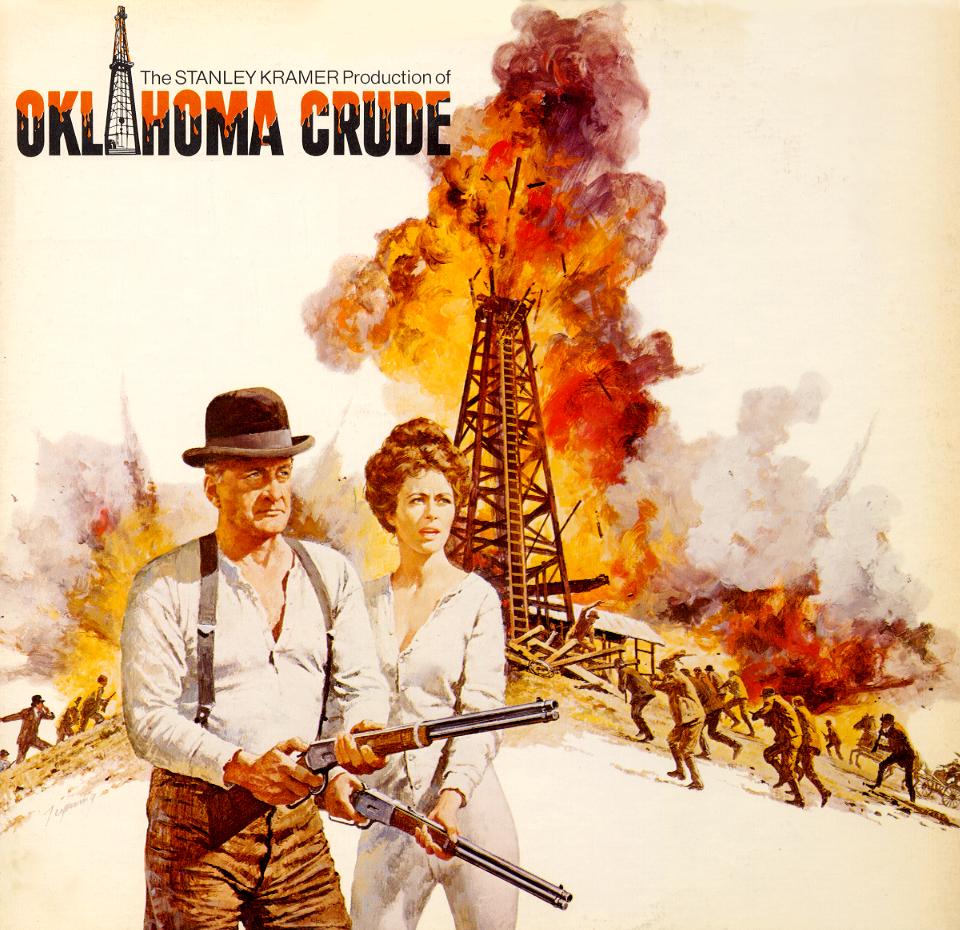
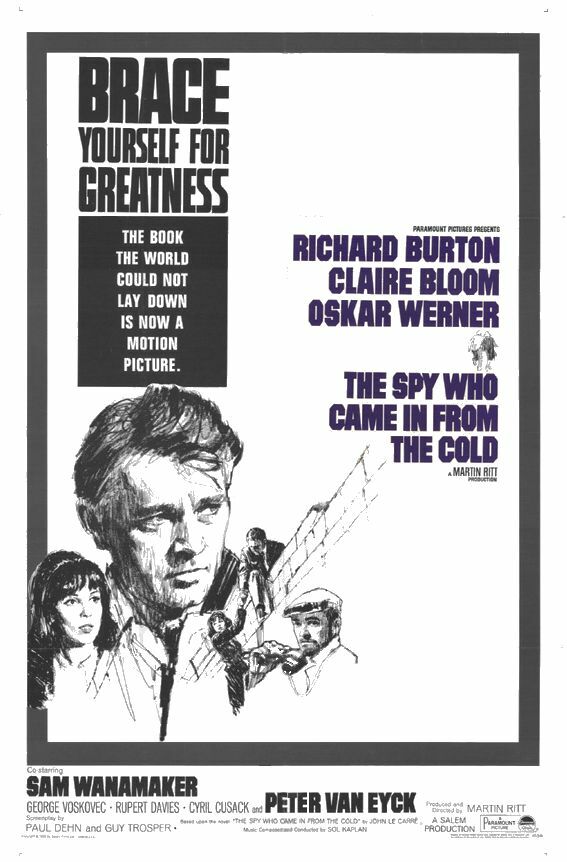
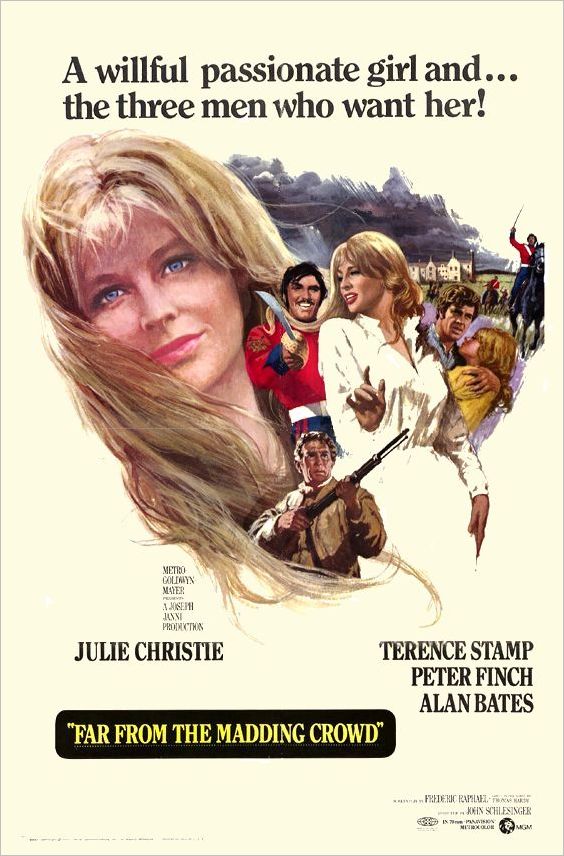
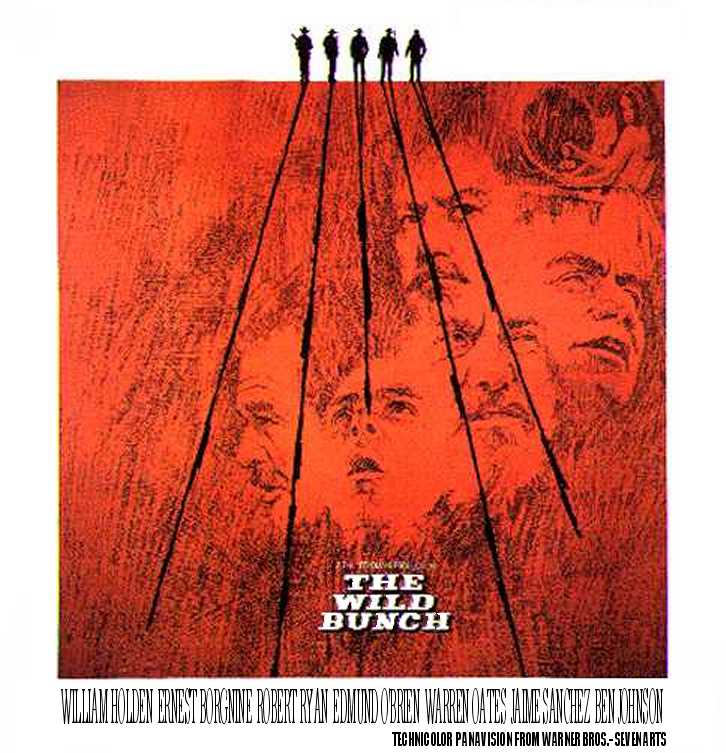
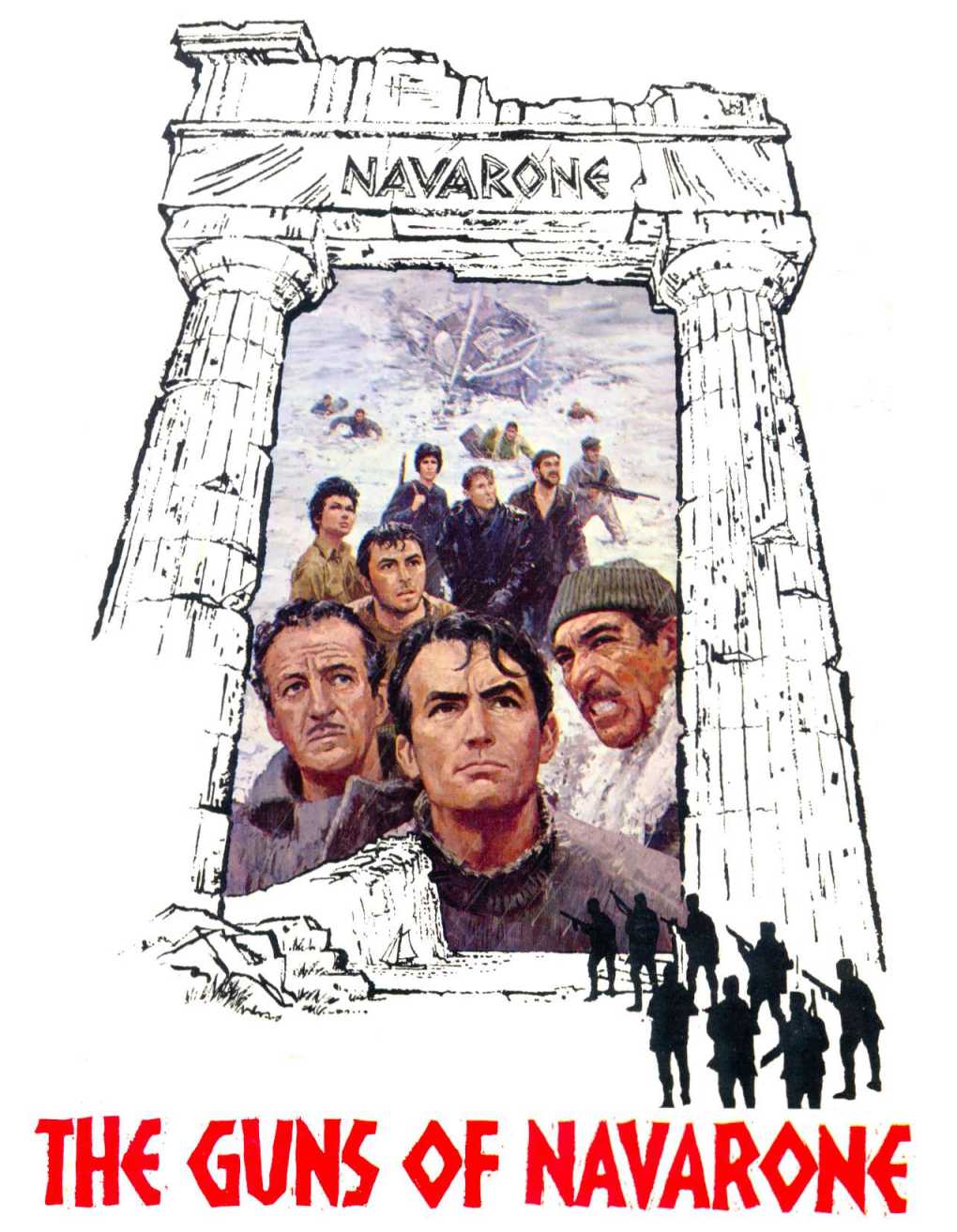
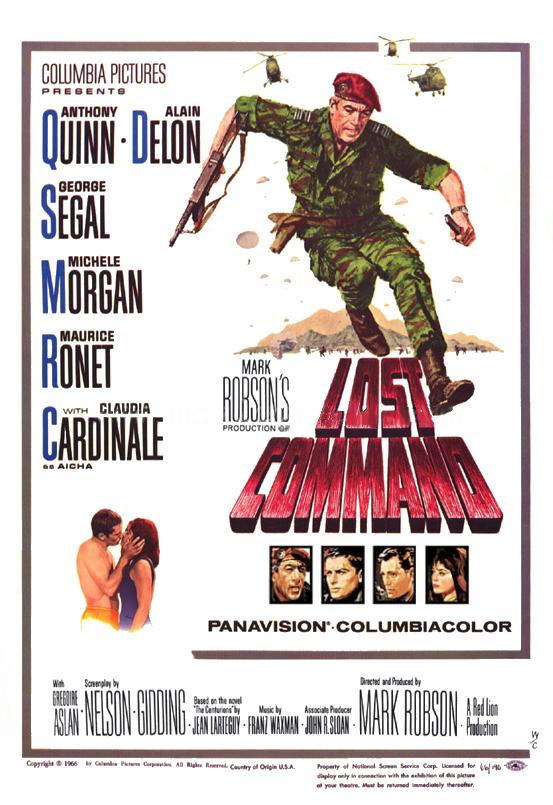
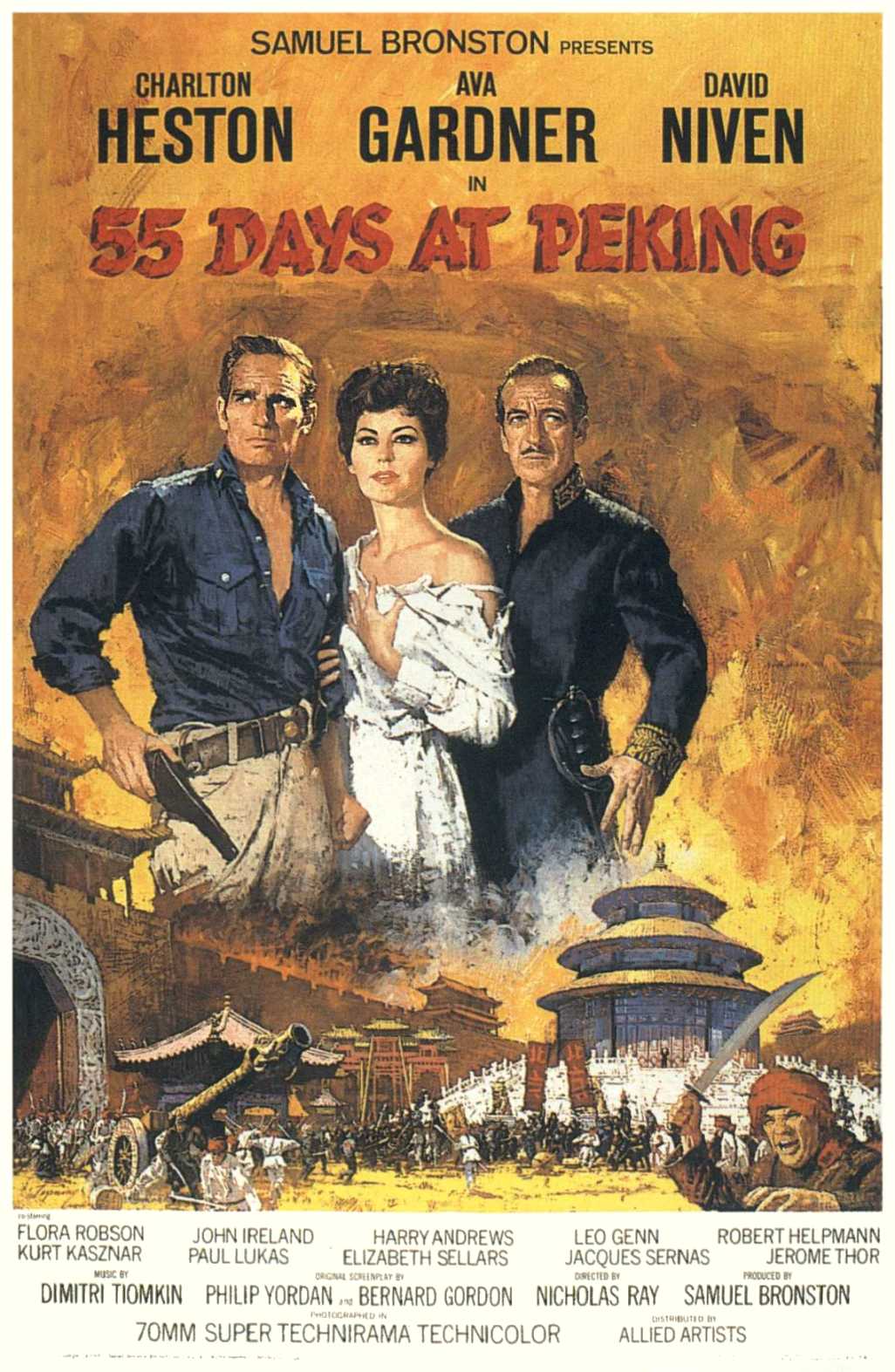
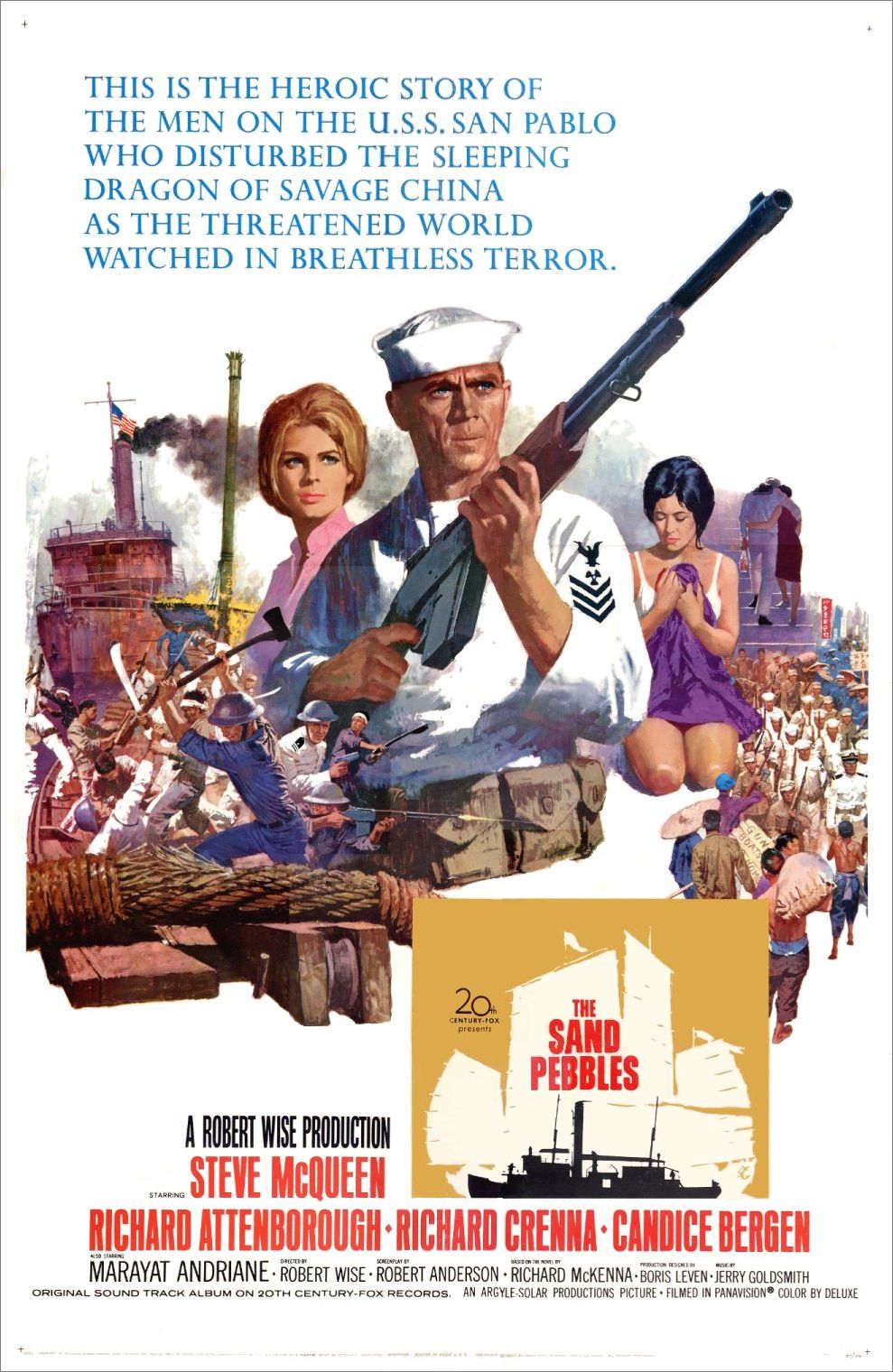
Always interested in painting the Old West and Native Americans, Terpning left the commercial field to create Fine Art around 1974. Within two years of his move to Arizona he was elected to the National Academy of Western Art and the Cowboy Artists of America. His paintings have been exhibited around the world (including in Paris and Bejing), the Greenwich Workshop has published books and limited edition prints, and his Western-subject originals now can sell for more than $1million. (His illustration art seems to fetch anywhere from $1500 to $8000, depending on subject matter; the only movie art of Terpning’s that I’ve seen at auction was the painting for 55 Days at Peking, which hammered at $13,742.50 in 2011.)
Above: Terpning’s Western painting “Search for the Renegades”
sold for a bit over $1.4million in 2006.
There is a 2012 documentary about Howard Terpning—Howard Terpning, Portrait of a Storyteller—but it seems to be out of print and difficult to come by. However, there are some interesting interviews with him on, unsurprisingly, YouTube—like the one below. Enjoy.
[youtube https://www.youtube.com/watch?v=QHSJFgYCsbQ?rel=0]


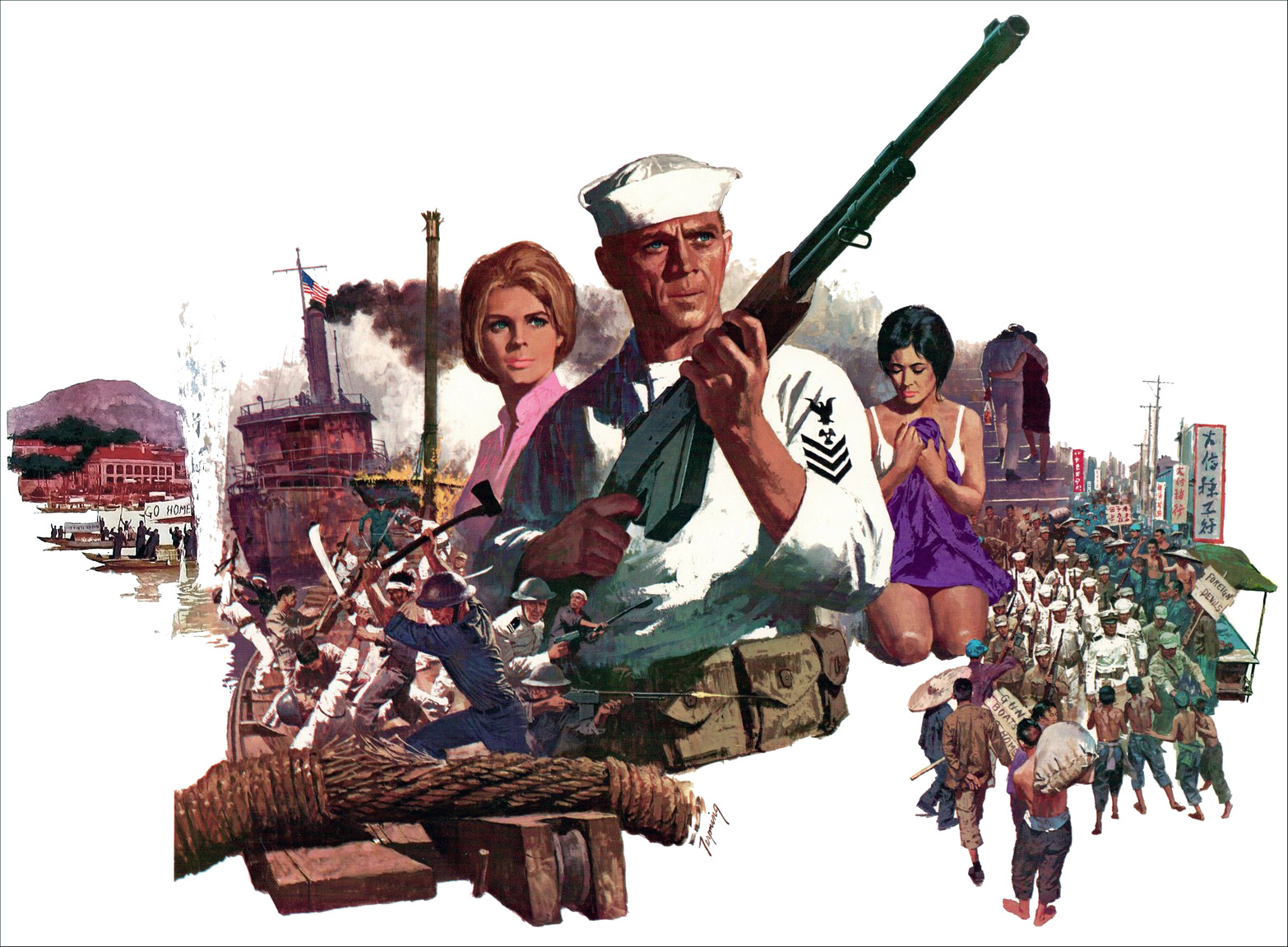
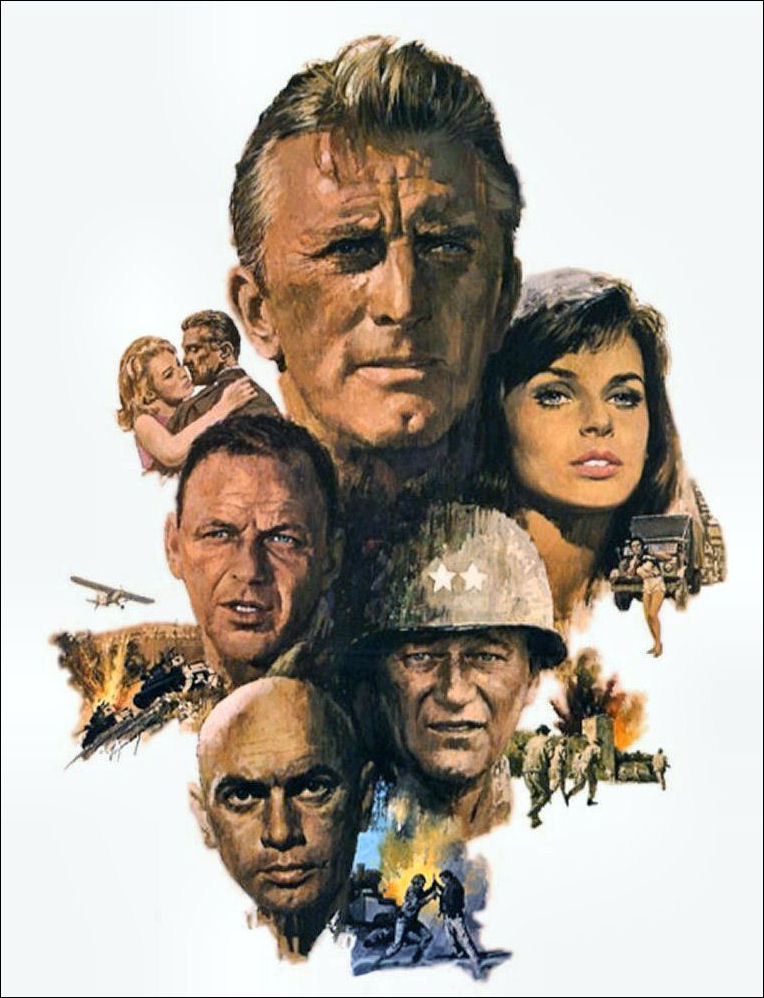
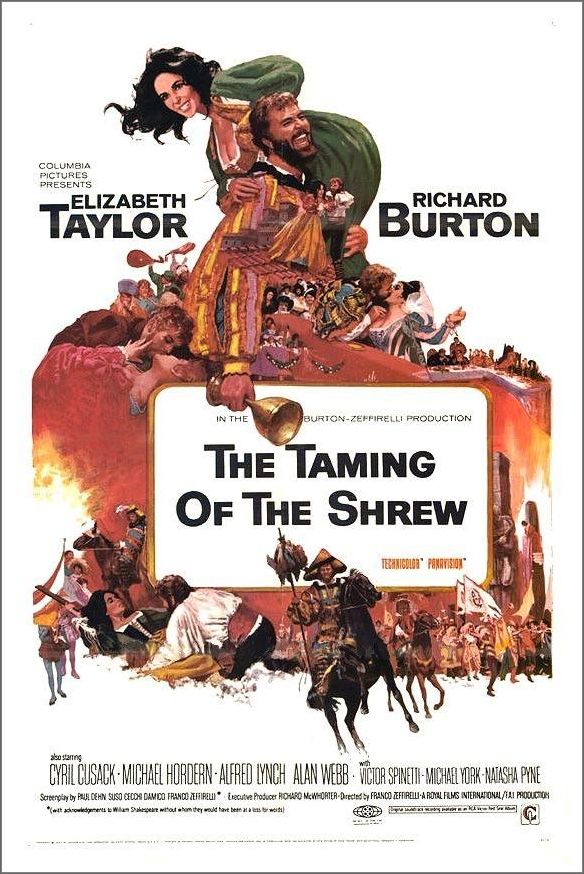
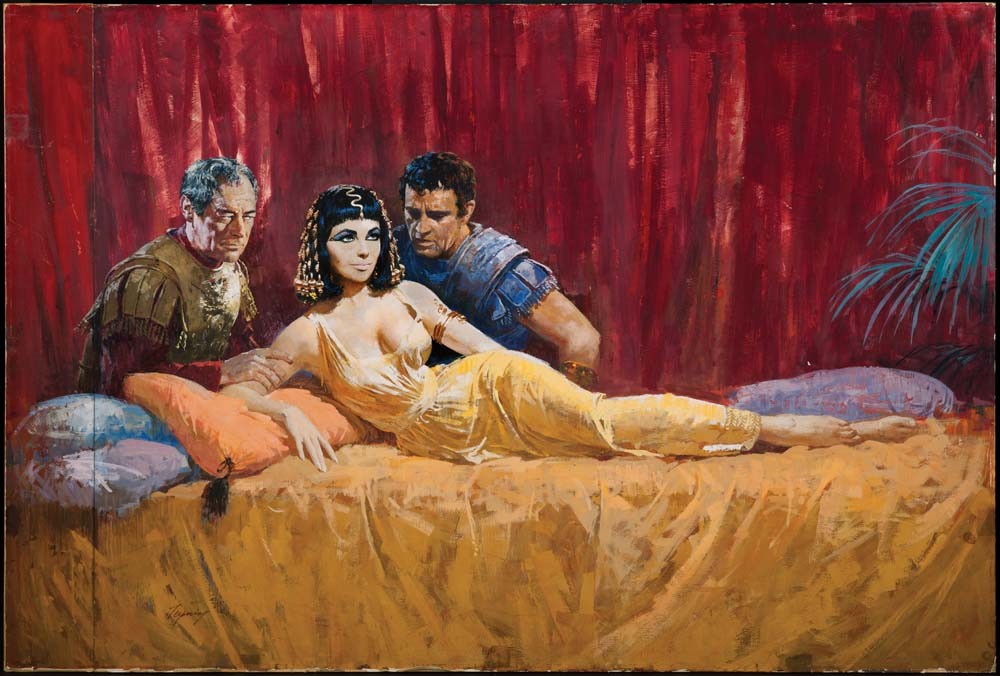
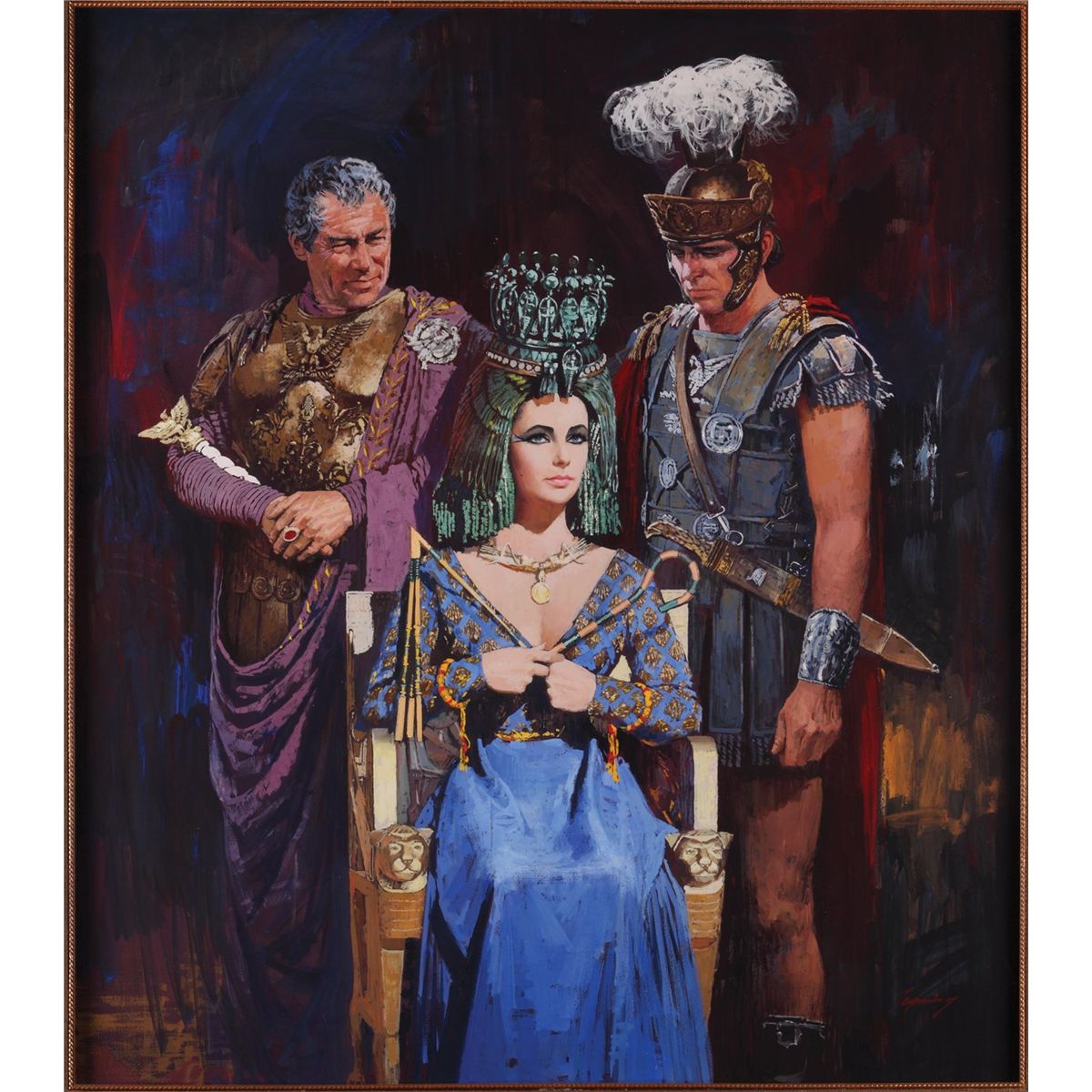

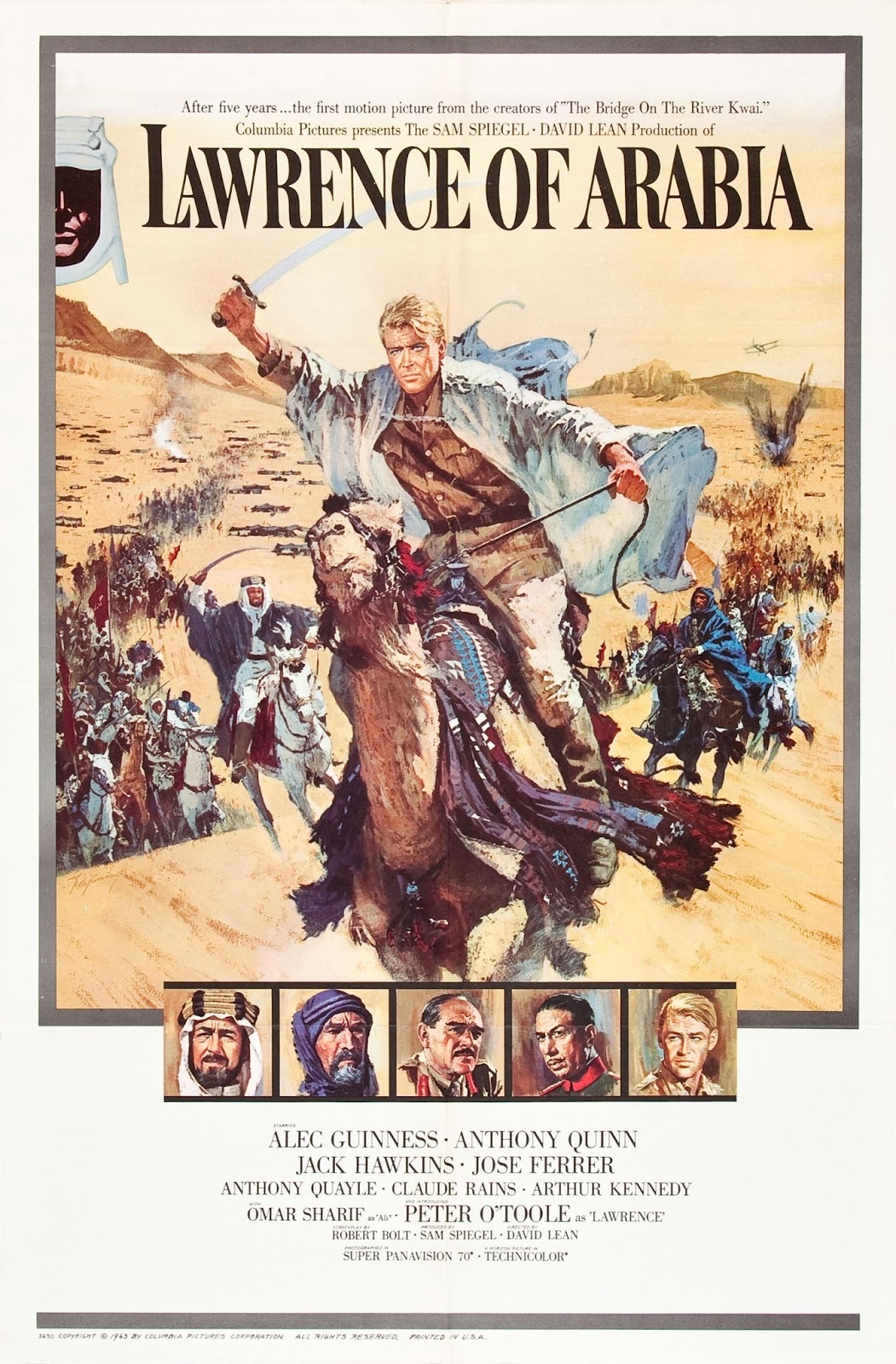
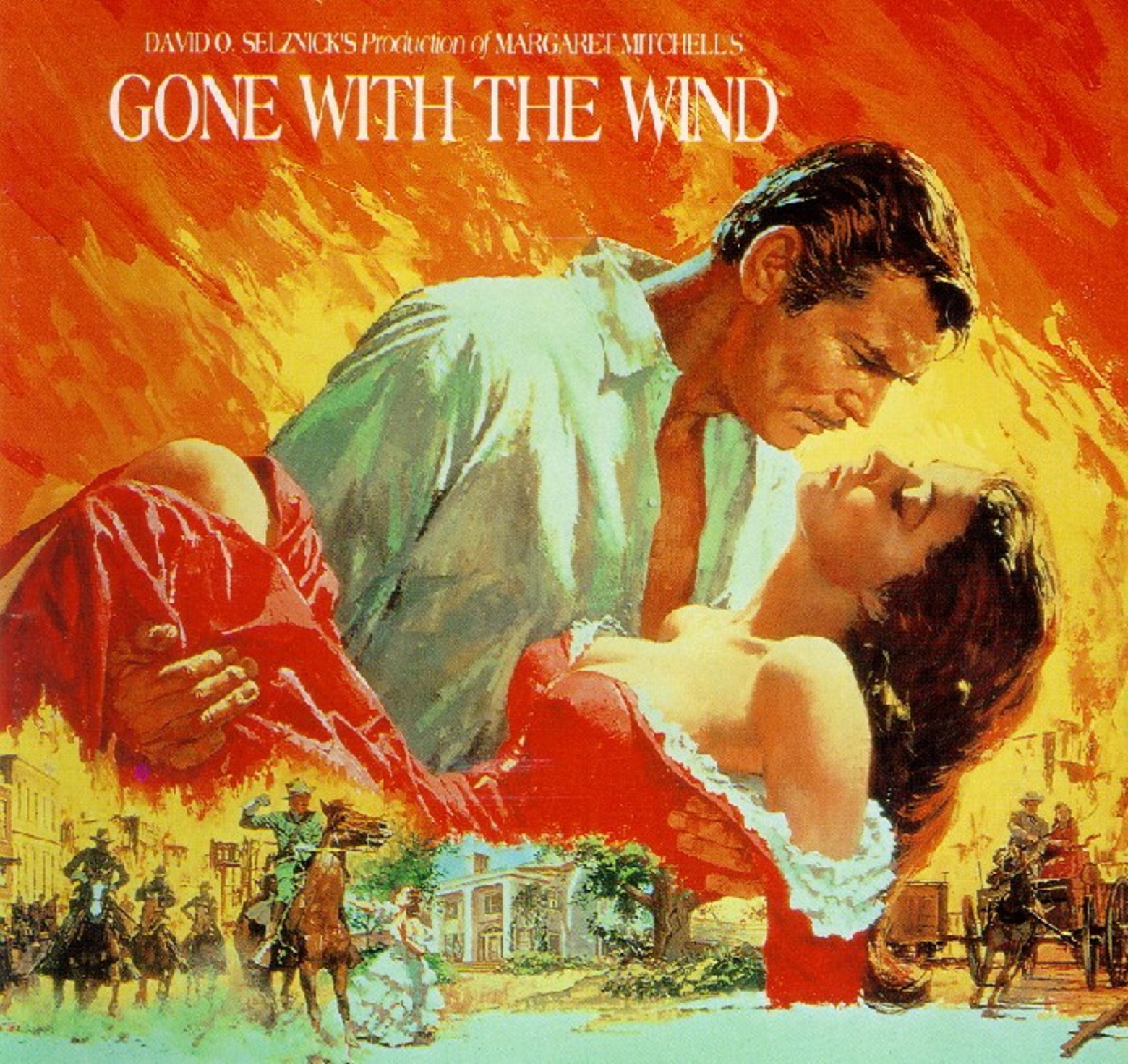
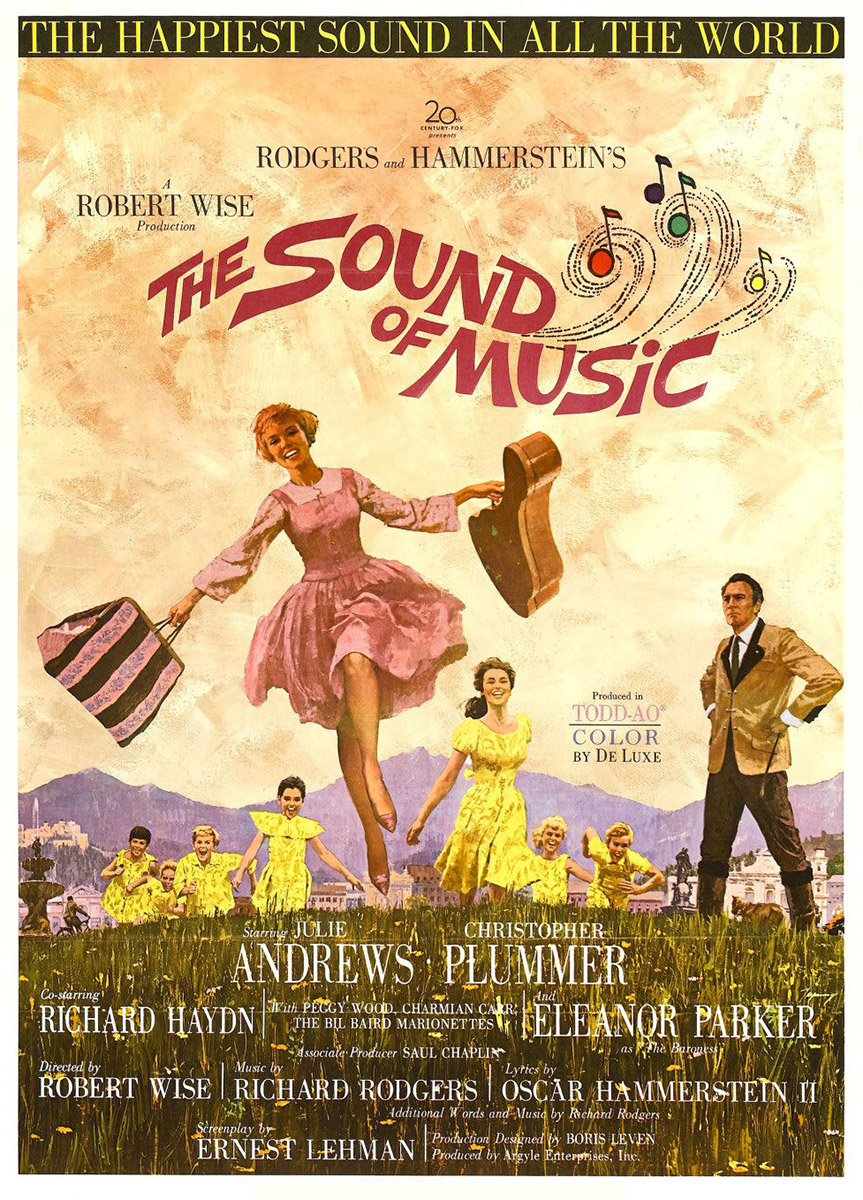
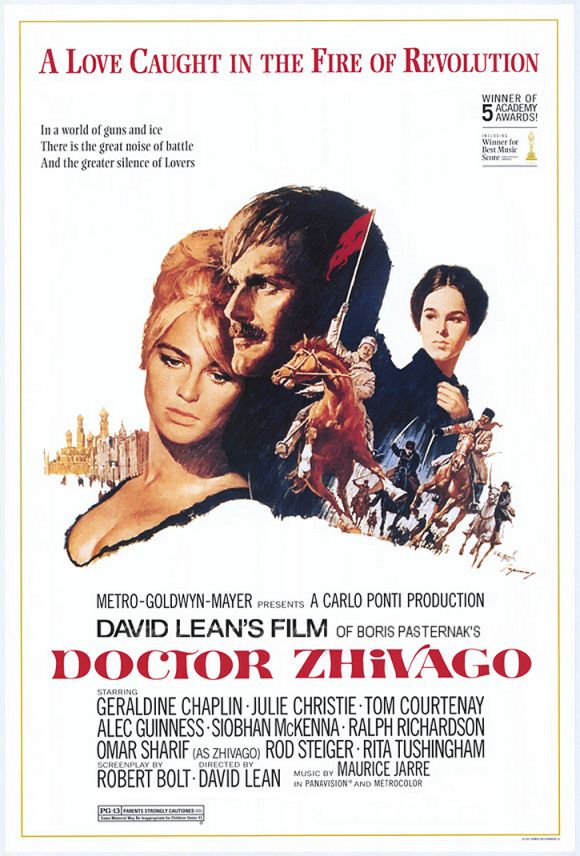

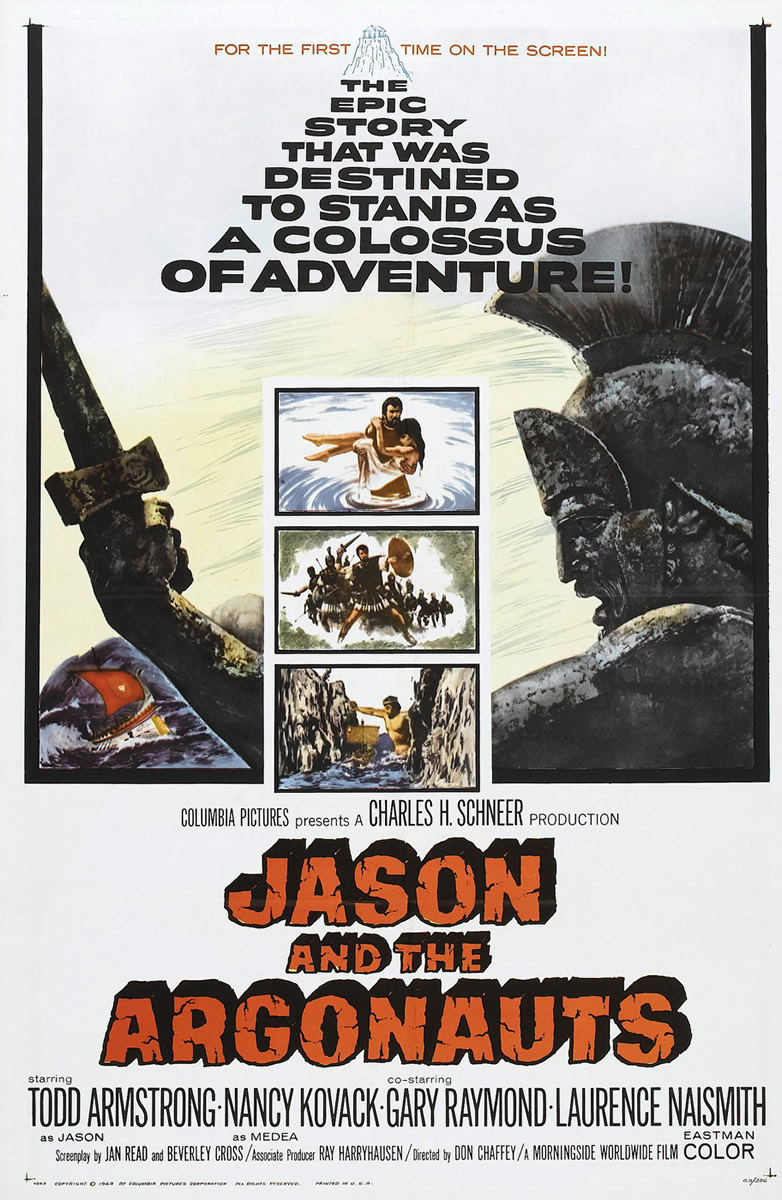
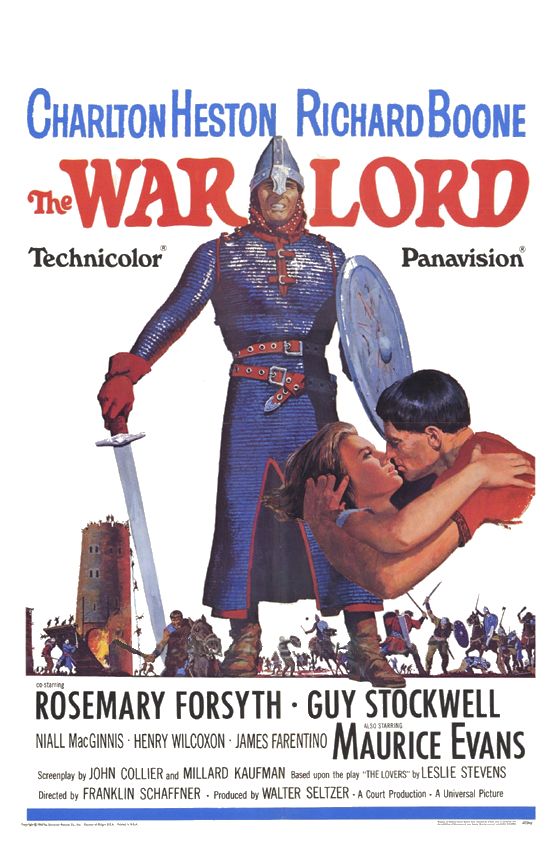
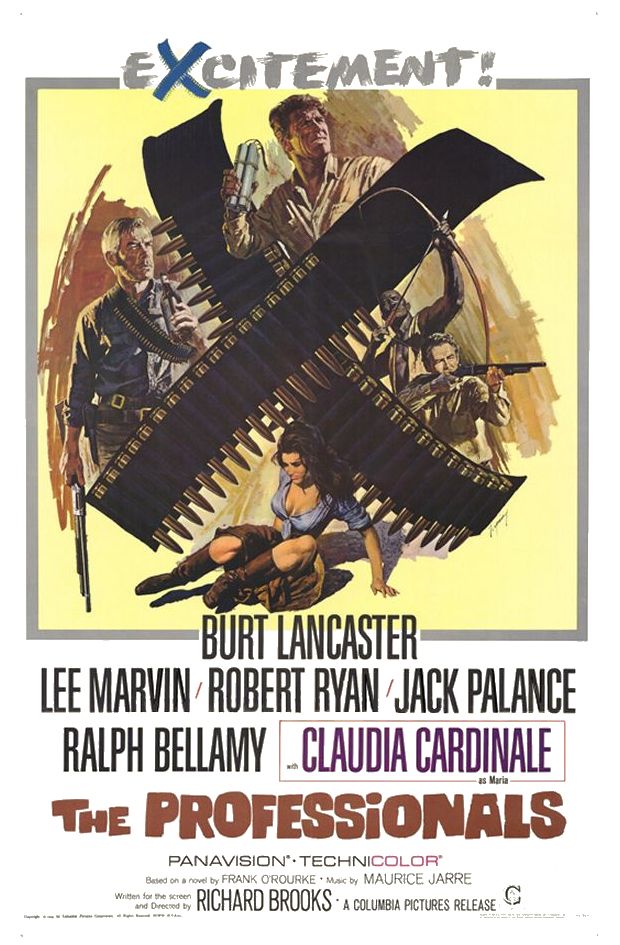
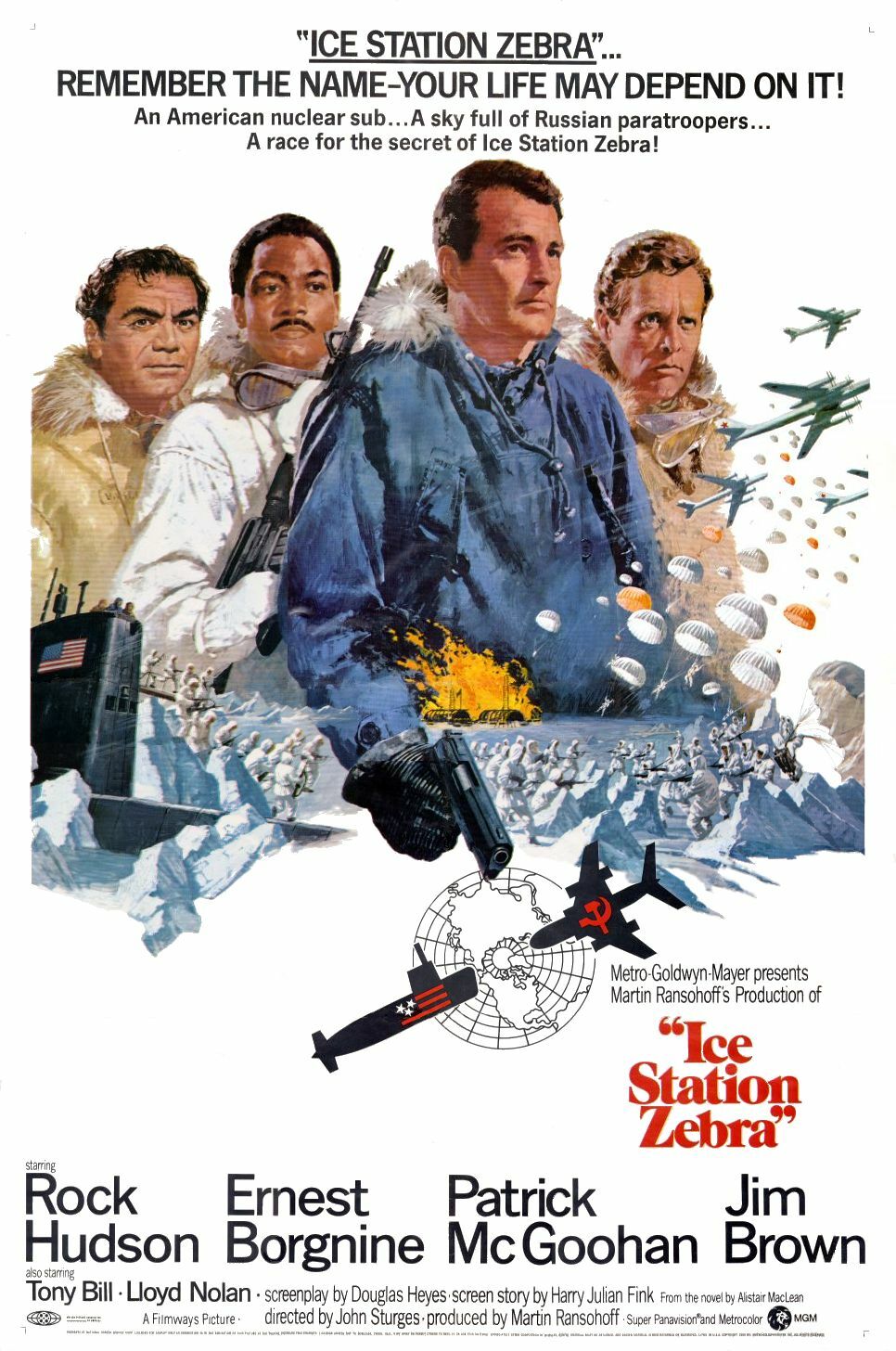








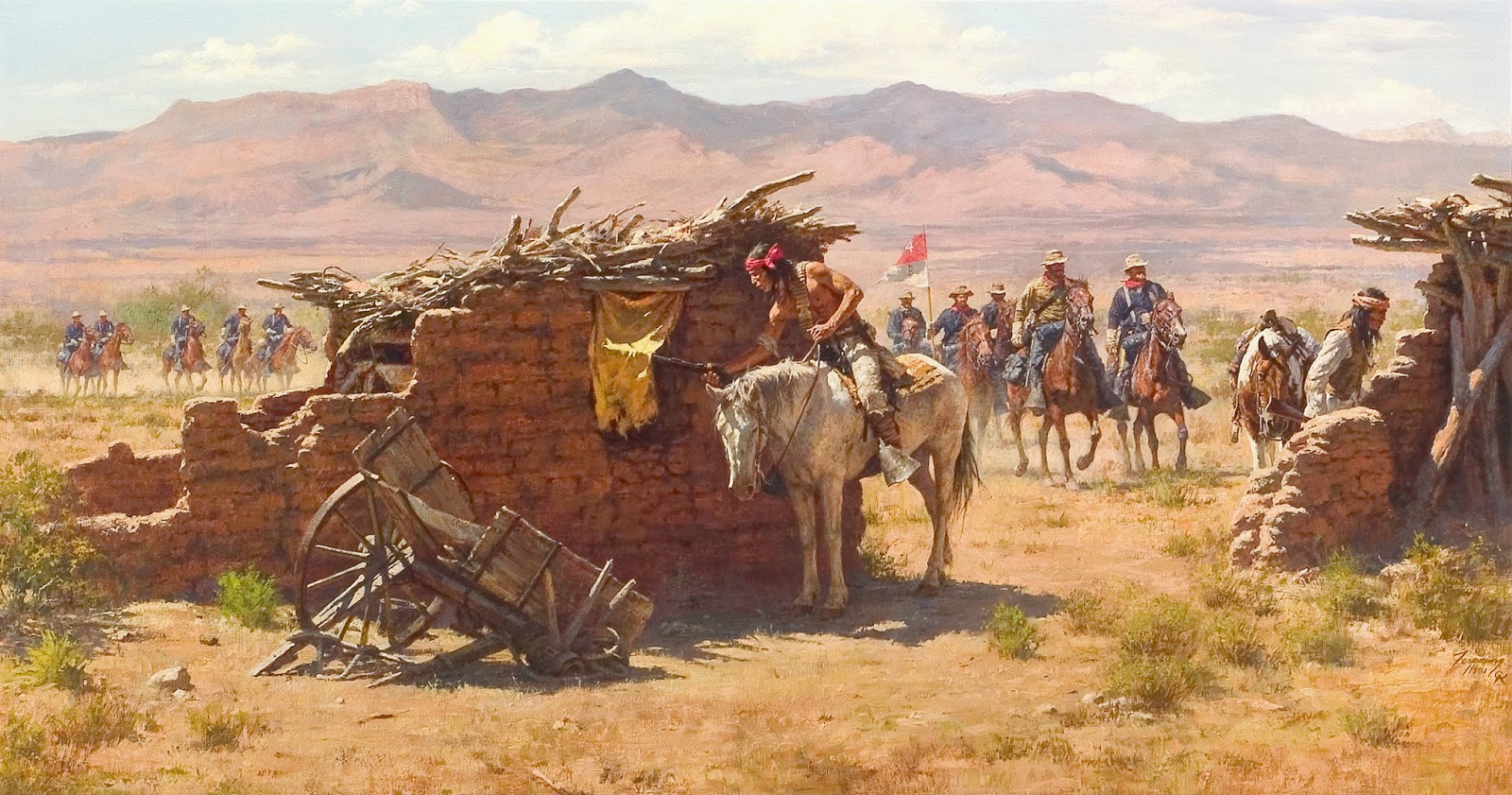
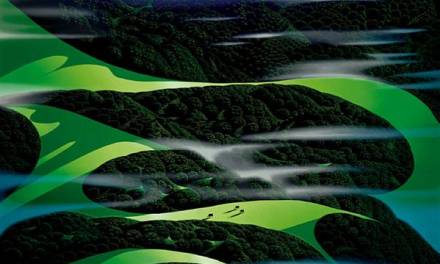
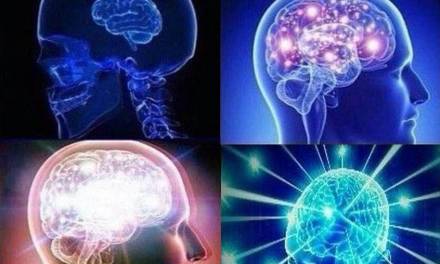
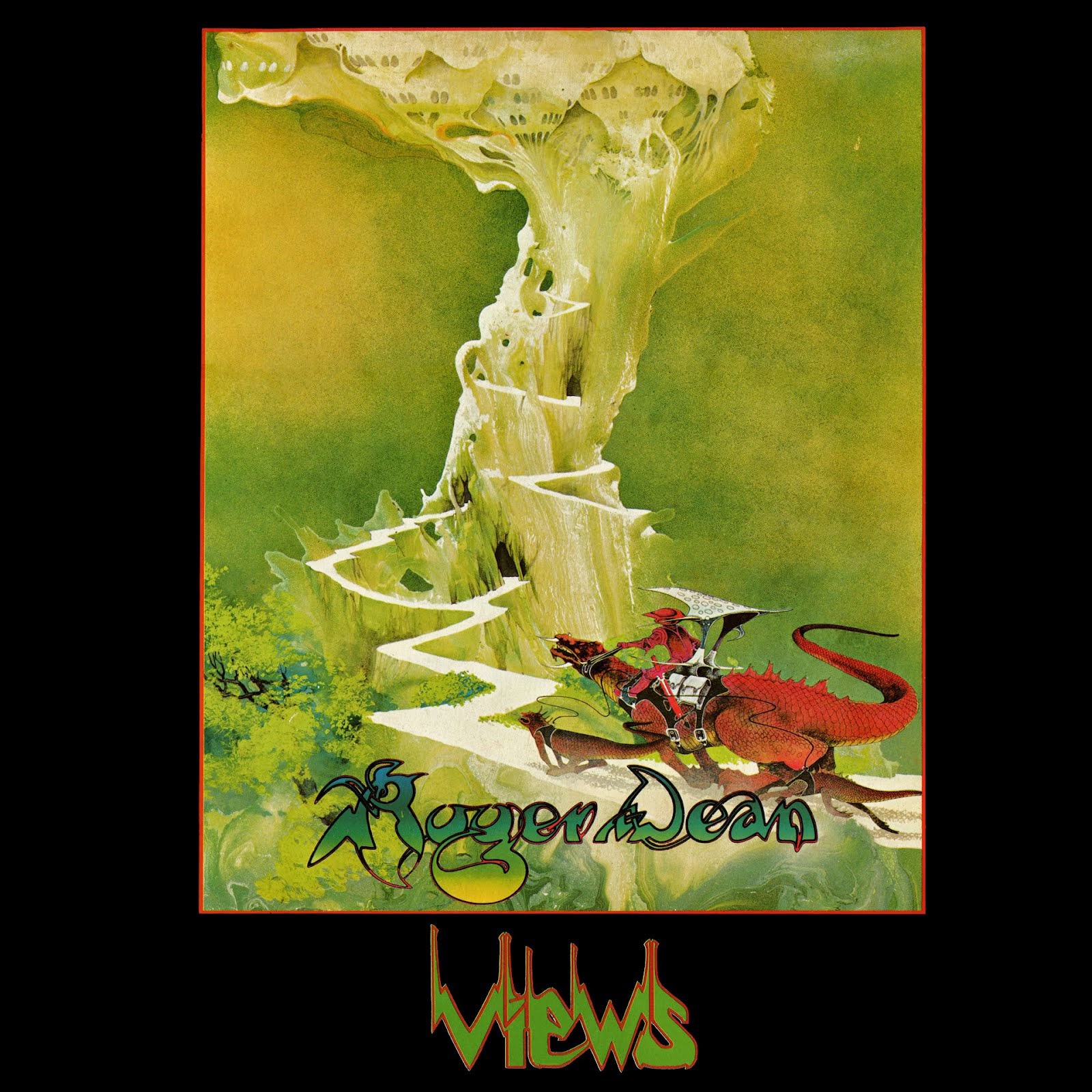
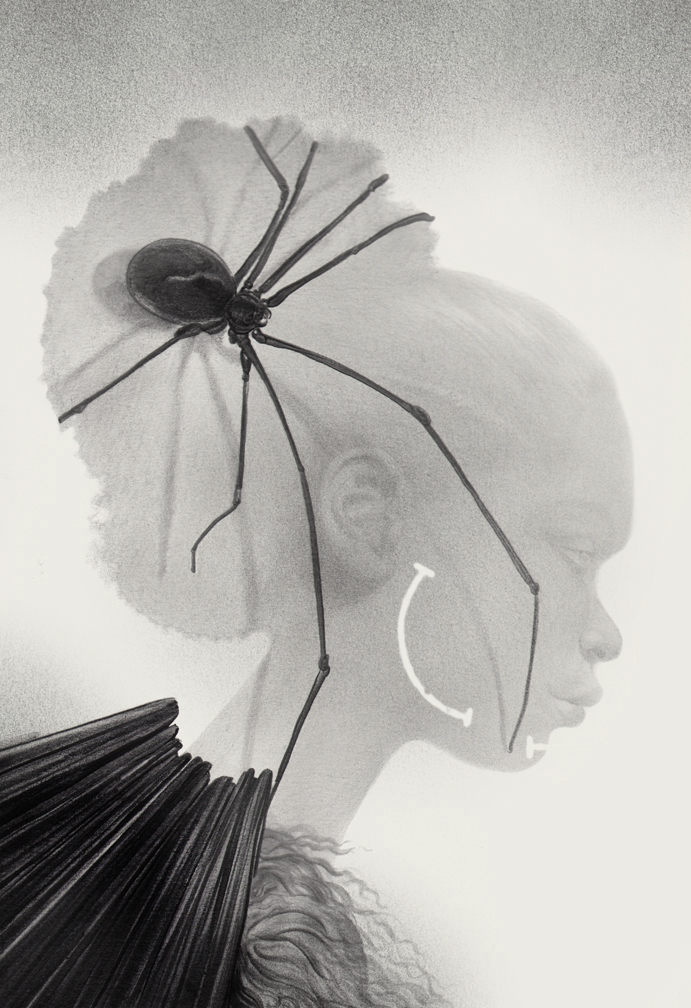
I don't know if they are still available but the Booth Museum of Western Art in Cartersville, GA had quite a few copies of that documentary for sale (about $35 on Bluray). boothmuseum.org
Thanks for the tip! I'll check it out.
Howard Terpning is a modern day master. We need artists like him and his contemporaries to come back and save the the dying art of movie poster creation. I love the key art in Cleopatra, how his art work fades in and out throughout the chapters in the film. Thanks for posting Mr. Fenner!
Hi Arnie, great article! I thought you might be interested to know that some of Mr. Terpning's original paintings are still out there. The Cleopatra pieces were auctioned off a few years ago, reaching some fairly impressive prices. I actually stumbled upon two of his original paintings earlier this year. The paintings are for the films “Far From the Madding Crowd” and 'Where Eagles Dare.” If you are interested in seeing them, they are located at the following links.
Far From the Madding Crowd
https://tinyurl.com/ycc2a9x2
Where Eagles Dare
https://tinyurl.com/ycwqm5th